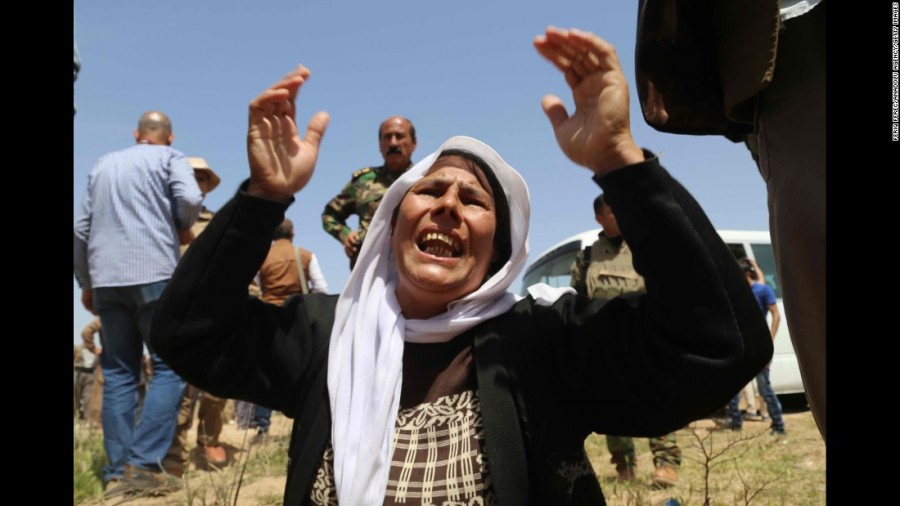Beirut, Baghdad, and Beheadings: A Closer Look at ISIS
November 23, 2015
Between the heartless acts of bloodshed and the countless innocent lives lost, ISIS terrorists have stopped at nothing to succeed in spreading immense doses of fear and panic throughout the world. In the wake of a drone strike on November 12th, 2015 that presumably killed “Jihadi John,” an ISIS member responsible for the beheading of multiple journalists, ISIS launched the largest terror attack France has endured since World War 2. However, this tragic event in Paris was not unique; Beirut and Baghdad were also brutally struck with ISIS terror missions last week.
A double suicide bombing in a predominantly Shiite residential area in Beirut killed 43 and wounded 200 on Thursday, November 12th 2015. ISIS claimed responsibility for the attack, claiming to be seeking revenge on Shiite Muslims as well as Hezbollah, a Shiite militant organization that supported the Syrian government during the civil war. This attack on Lebanon’s working-class citizens broke up a relatively calm state in the nation; many Lebanese citizens now fear their vulnerability to ISIS that they previously believed was not severe.
Early on Friday, November 13th, the same miserable day on which the Paris tragedies occurred, an unfortunate attack on Baghdad, the capital of Iraq, was put into action. The funeral of a pro-gov Shia fighter was disrupted when an ISIS militant suicide bomber blew himself up, killing about 19 people and severely wounding 41. An immediate claim of responsibility for the attack was not made, but as a result of suicide bombing being an exclusive tactic used by Sunni extremists in Iraq, the enemy was clear. It is believed that their attack was aimed at the Shiites living in Baghdad, the central target on their mission of destruction.
In addition to large scale attacks, ISIS has beheaded numerous journalists in attempts to terrorize nations and groups that oppose them. When ISIS wanted President Obama to end military operations in Iraq, they murdered an innocent journalist named James Foley on August 19th, 2014. When ISIS wanted the US to stop air strikes over Iraq, they beheaded Steven Sotloff on September 2nd, 2014. However, ISIS murders are not limited to American victims. In 2013, humanitarian and UK citizen David Haines was abducted while working in Syria, and he was later beheaded in September 2014. Japanese journalist Kenji Goto was beheaded on January 31st, 2015 in Syria because Japan was sending humanitarian aid to countries fighting ISIS.
This terror tactic of beheading the innocent has sparked concern around the world, including here at WHHS. “It’s barbaric, insane, and terrifying that it’s happening in our world,” said senior Rachel Alvarez. “It’s a graphic thing to do,” agreed senior Dana Keegan.
ISIS has destroyed many ancient sites, killed thousands of people, and has become a major threat to the world. Nations are filled with constant senses of fear and panic, causing decisions to be made hastily and irrationally. ISIS not only destroyed the Mar Elias Monastery, but they also looted the holy site, bringing anger and chaos to Syria. ISIS has blown up sites like the Arch of Triumph, only to anger and scare people globally. ISIS has attacked major cities such as Paris, killing over 136 people and wounding over 352 civilians. The attack involved 4 mass shootings, bombings, and even hostage taking. ISIS has put the world in trepidation of terror attacks and has threatened great nations like America that they will raise their flag above the White House and kill American civilians.
Throughout the various efforts to demolish the stability and well-being of nations everywhere, ISIS has made it clear that its main goal is to overflow with power while fear is instilled among the rest of the world. Although it has truly brought out the meaning of the word “terrorist”, it is only capable of frightening its enemies, as opposed to truly rupturing the world.
















